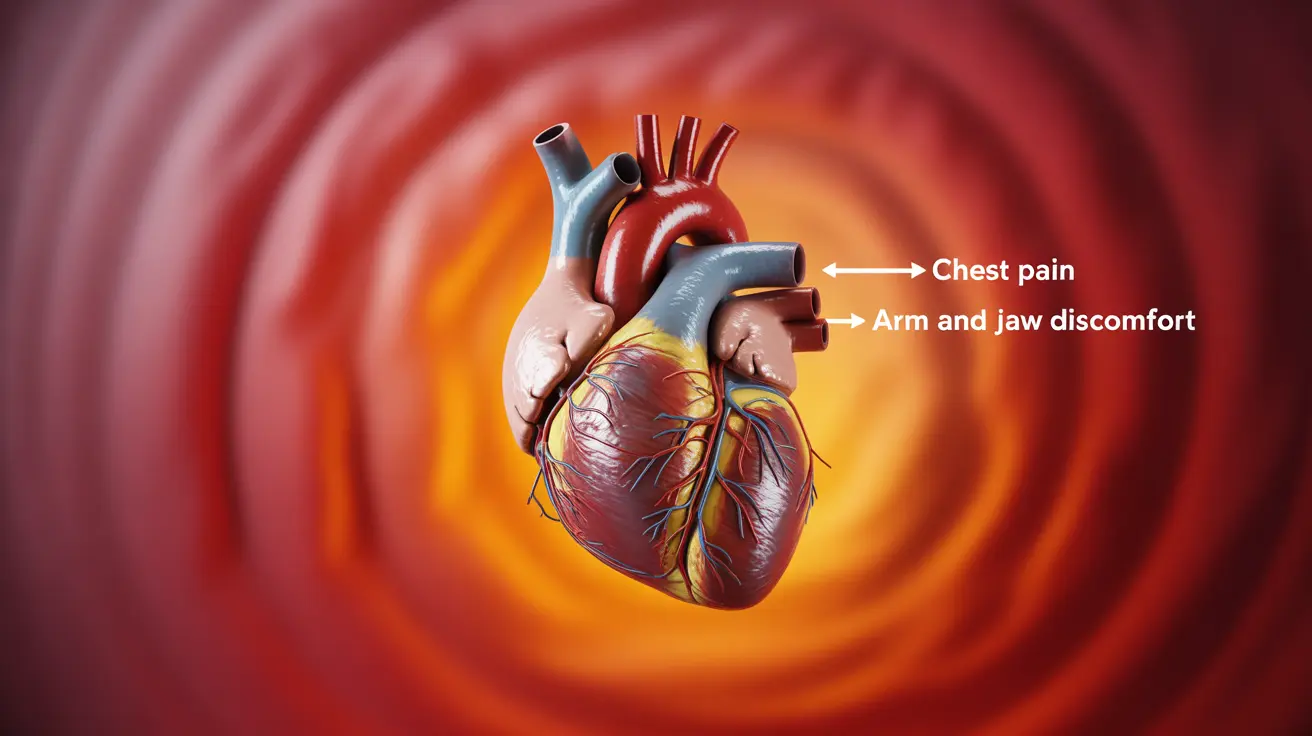Experiencing gas pain in the chest can be both uncomfortable and concerning, especially since it may sometimes be mistaken for more serious conditions. This comprehensive guide will help you understand the causes of gas-related chest discomfort, how to identify it, and effective ways to find relief.
While chest pain should always be taken seriously, understanding when it's likely caused by trapped gas can help reduce anxiety and guide appropriate treatment choices. Let's explore the key aspects of gas pain in the chest and learn how to manage this common condition effectively.
Identifying Gas Pain in the Chest
Gas pain in the chest typically presents with distinct characteristics that set it apart from other types of chest discomfort. Common indicators include:
- A sharp, stabbing sensation that may change with movement
- Pain that shifts or moves around the chest area
- Discomfort that improves after burping or passing gas
- A feeling of trapped air or bubbling in the chest
- Pain that may worsen after eating or drinking
Common Causes and Triggers
Understanding what leads to gas pain in the chest is crucial for prevention and management. Several factors can contribute to this condition:
Dietary Factors
- Carbonated beverages
- High-fiber foods
- Dairy products (especially for lactose-intolerant individuals)
- Beans and legumes
- Cruciferous vegetables
Lifestyle Habits
Certain behaviors can increase the likelihood of experiencing gas pain in the chest:
- Eating too quickly
- Drinking through straws
- Talking while eating
- Chewing gum frequently
- Poor posture while eating
Effective Relief Methods
There are several practical ways to alleviate gas pain in the chest:
Immediate Relief Strategies
- Walking after meals
- Gentle stretching exercises
- Over-the-counter gas relief medications
- Deep breathing exercises
- Maintaining an upright position
Long-term Prevention
To reduce the frequency of gas pain in the chest, consider these preventive measures:
- Eating smaller, more frequent meals
- Avoiding known trigger foods
- Staying well-hydrated
- Practicing mindful eating
- Regular exercise
When to Seek Medical Attention
While gas pain in the chest is often harmless, certain symptoms warrant immediate medical evaluation:
- Severe, persistent chest pain
- Shortness of breath
- Pain radiating to the jaw or arms
- Sweating and nausea
- Dizziness or lightheadedness
Frequently Asked Questions
What are common symptoms that indicate gas pain in the chest rather than heart-related chest pain?
Gas pain typically feels sharp and stabbing, may change with position, and often improves with burping or passing gas. It's usually accompanied by bloating and may worsen after eating. Unlike heart pain, it rarely radiates to the arms or jaw and doesn't typically cause sweating or shortness of breath.
What foods and drinks are most likely to cause gas pain in the chest?
Common culprits include carbonated beverages, beans, lentils, dairy products, high-fiber foods, cruciferous vegetables like broccoli and cabbage, and artificial sweeteners. Consuming these items quickly or in large quantities can increase the likelihood of gas pain.
How can I relieve gas pain in the chest with home remedies or lifestyle changes?
Effective home remedies include walking after meals, gentle stretching, over-the-counter gas relief medications, avoiding trigger foods, eating slowly, and staying upright after meals. Deep breathing exercises and heat application can also provide relief.
When should I seek medical help for chest pain that might be caused by gas?
Seek immediate medical attention if chest pain is severe, persistent, accompanied by shortness of breath, radiates to the arms or jaw, or occurs with sweating and nausea. It's better to err on the side of caution with any concerning chest pain.
How can I tell the difference between gas pain in the chest and a heart attack?
Gas pain typically changes with movement or position, may shift locations, and often improves with burping or passing gas. Heart attack pain usually feels like pressure or squeezing, may radiate to other areas, and is often accompanied by shortness of breath, sweating, and nausea. When in doubt, always seek immediate medical attention.




